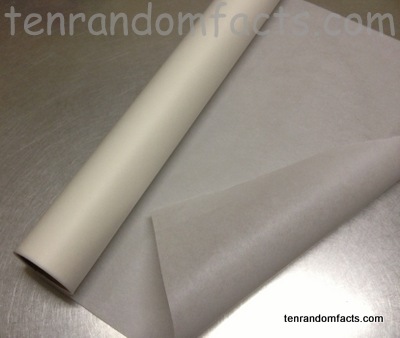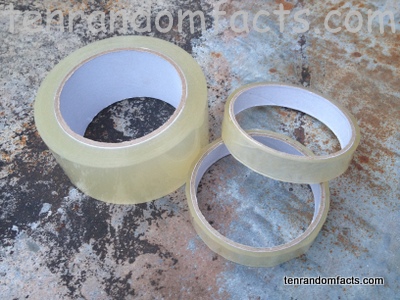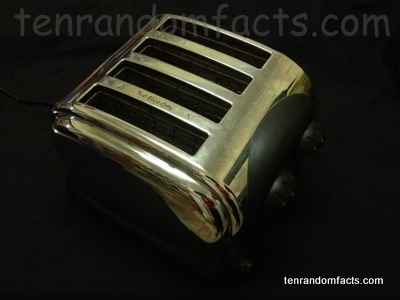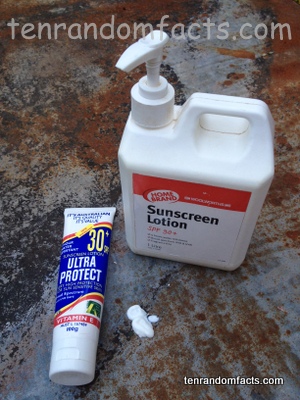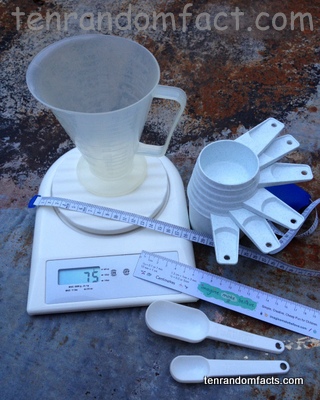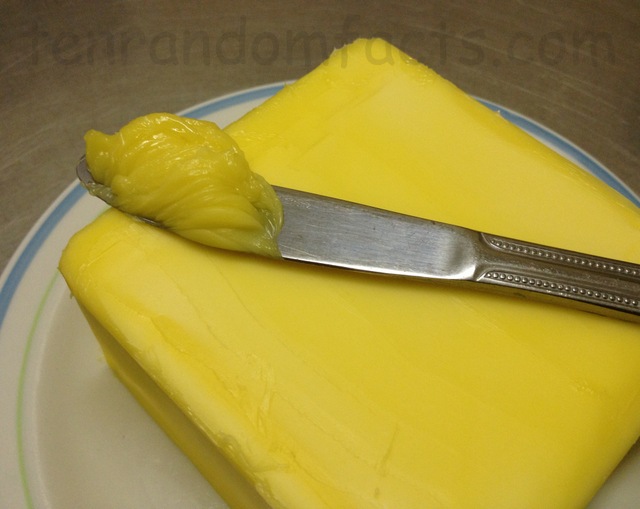
What would it be like without butter?
- Butter is a dairy foodstuff made by churning milk fats, known as cream, of the milk of certain mammals.
- Butter can be made from cow’s, yak’s, sheep’s, goat’s or buffalo’s milk, as well as others.
- Butter is a solid when cooled, becomes soft at room temperatures and starts to melt into a liquid at 32 to 35°C (90 to 95°F).
- Butter is coloured from white to deep yellow, although typically pale yellow, with food colourings sometimes added.
- Commercial butter generally contains approximately 80% fat, with the remaining percentages made of water and milk solids.
- Butter was made by hand, typically on farms, before the 1800s, and was sometimes used as a substitute for lamp oil during the Middle Ages.
- Butter is commonly used as a spread on bread and is one of the main ingredients in many recipes, including cakes, biscuits, sauces.
- Butter is a good source of vitamin A and has one of the lowest fat contents out of most common cooking fats, although one of the highest in saturated fat.
- Butter was used in Ancient Rome to smooth the skin and make hair shiny.
- Butter has been made for thousands of years, with many ancient references, including the Bible, and civilisations such as Egypt, making mention of it.
Bibliography:
Butter, 2013, Wikipedia, http://en.wikipedia.org/wiki/Butter
Explore the History and Making of Butter, n.d, Butter through the Ages, http://www.webexhibits.org/butter/
The History of Butter, n.d, Dairy Goodness, http://www.dairygoodness.ca/butter/the-history-of-butter






